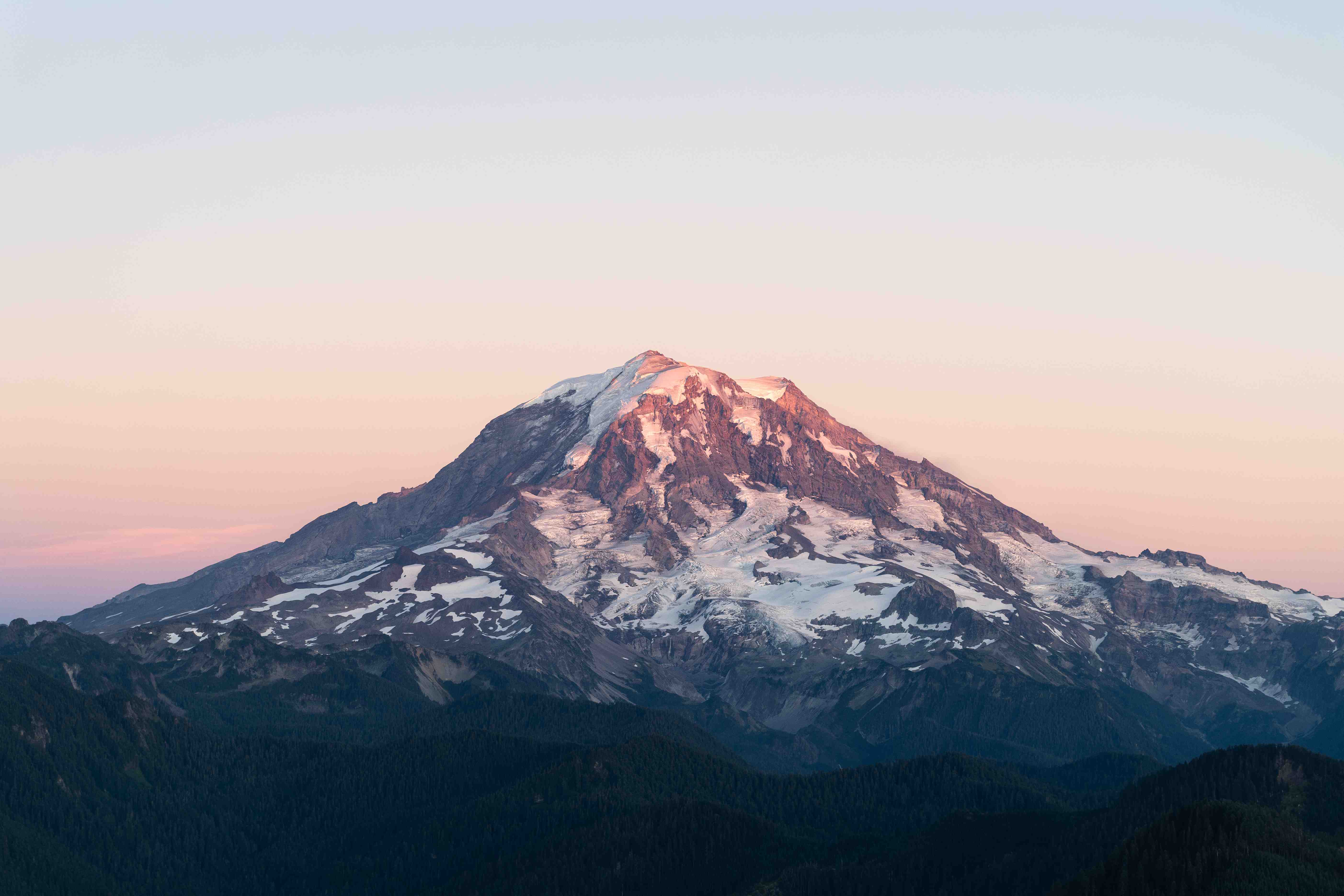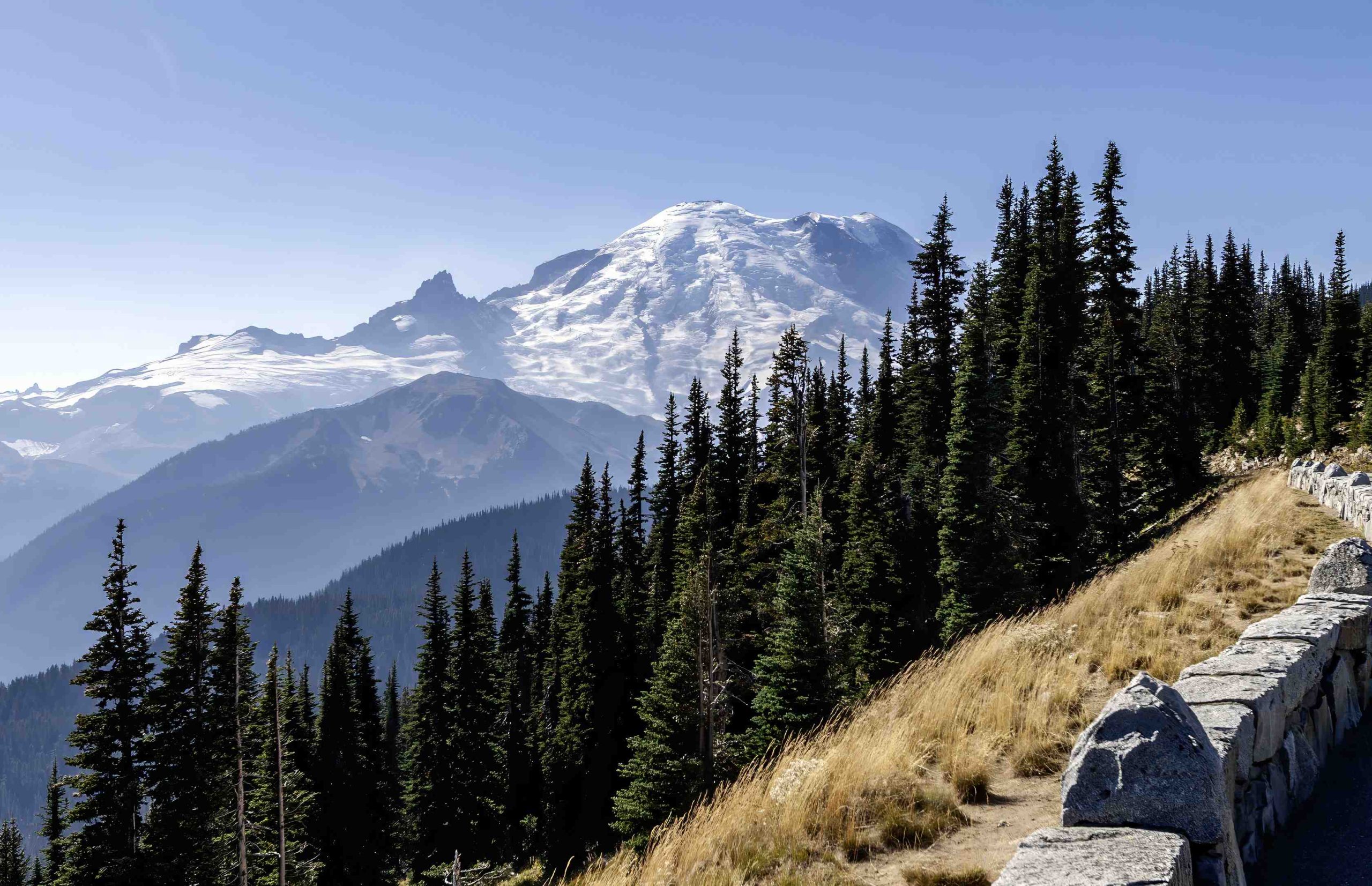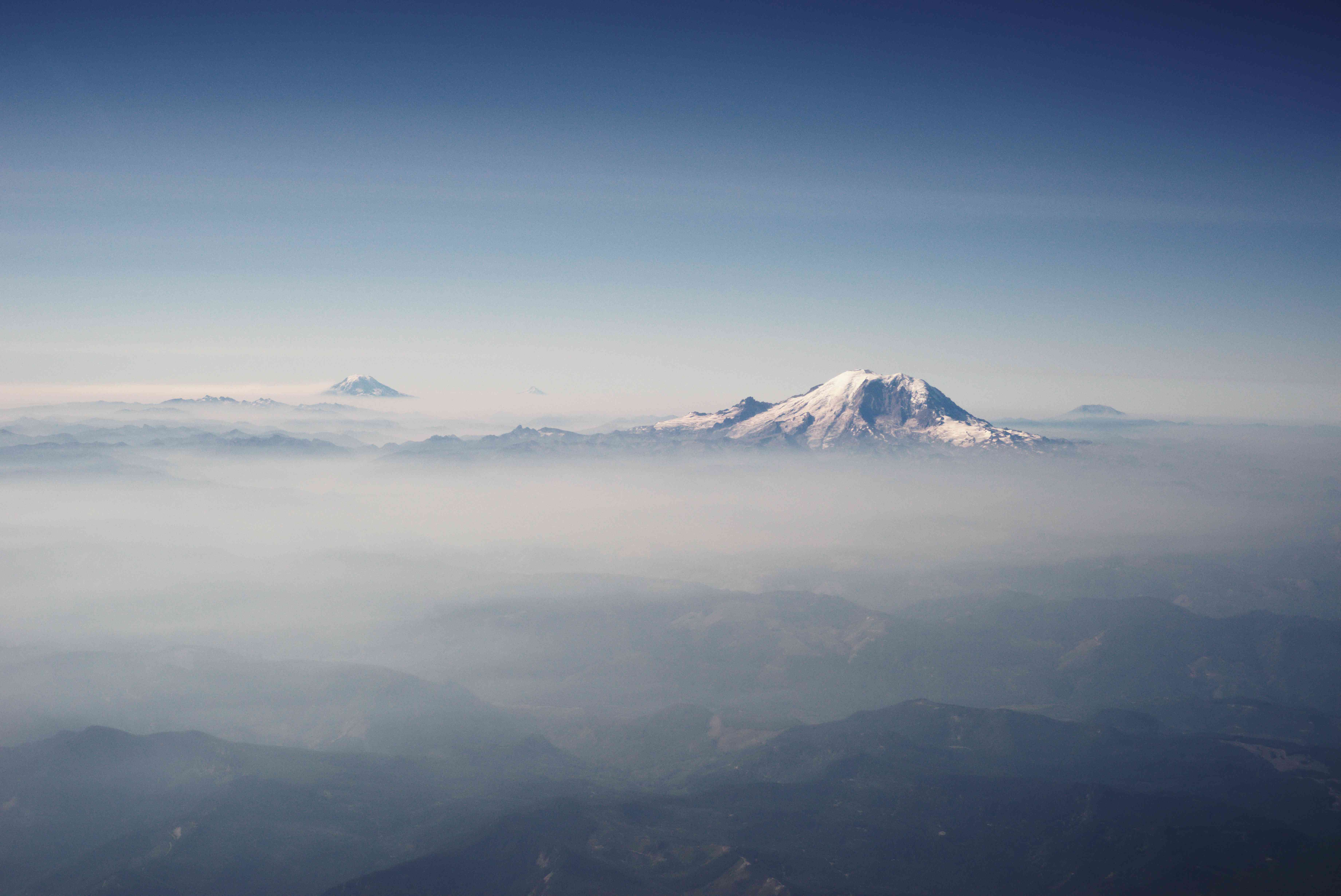The Mount Rainier rescue involving Nick Hall was a harrowing incident that occurred on June 21, 2012. It began as a mission to save four climbers who had fallen into a crevasse on Emmons Glacier but ended in tragedy when ranger Nick Hall fell to his death during the operation. This event highlighted the dangers of high-altitude rescue missions and led to significant changes in rescue protocols at Mount Rainier National Park.
What Happened During the Mount Rainier Rescue Operation?

The rescue operation began when two female climbers fell into a crevasse while descending from the summit of Mount Rainier. Their companions managed to stop the fall but couldn’t retrieve them. A distress call was made, and park rangers, including Nick Hall, were dispatched to the scene.
Timeline of Events:
- Distress call received from climbers
- Rangers, including Nick Hall, dispatched to the scene
- Chinook helicopter from Joint Base Lewis-McChord involved in the rescue
- Three climbers airlifted to Madigan Army Medical Center
- Fourth climber spent the night on the mountain due to worsening weather
- Next morning, Nick Hall fell while attempting to evacuate the fourth climber
The rescue team faced numerous challenges:
- Icy, 35-degree slope on Emmons Glacier
- Strong winds gusting up to 40 mph
- Helicopter downwash creating hazardous conditions
- Communication issues between military and park personnel
- Lack of clear team leadership and inadequate training
What Were the Specific Circumstances of Nick Hall’s Fall?

Nick Hall’s fall occurred while he was attempting to load a climber into a rescue litter being lowered by a helicopter. The conditions were treacherous:
- Icy, 35-degree slope
- Strong winds and helicopter downwash
- Lack of proper anchoring and ice axe
Hall lost his balance and fell approximately 2,400 feet down the mountain. He was found deceased at the base of the fall.
How Common Are Climbing Incidents on Mount Rainier?
While specific annual statistics weren’t provided in the sources, Mount Rainier is known for its challenging climbing conditions. Rescues are not uncommon due to:
- Falls into crevasses
- Avalanches
- Hazards associated with high-altitude, glaciated terrain
- Extreme weather conditions
Nick Hall’s incident underscored the risks associated with high-risk search and rescue operations on glaciers.
What Facilities and Regulations Exist at Mount Rainier National Park?
Facilities:
- Multiple parking areas near popular trailheads and visitor centers
- Paradise Visitor Center
Transport Options for Rescue Teams:
- Helicopters (e.g., Chinook helicopters)
- Snowmobiles and specialized vehicles for ground teams
Regulations:
- Climbers must register and obtain permits before attempting to climb
- Strict regulations on safety equipment, group size, and experience levels
- Specific guidelines for emergency situations
The incident involving Nick Hall led to a review and update of standard operating procedures for search-and-rescue missions.
What Changes Were Implemented After the Nick Hall Incident?
Following the tragic loss of Nick Hall, several changes were implemented:
- Review of rescue protocols
- Enhanced training for rescue personnel
- Improved communication systems
- Development of more comprehensive standard operating procedures
These changes aimed to prevent similar incidents and improve the safety of both rescuers and climbers on Mount Rainier.
What Lessons Can Be Learned from the Mount Rainier Rescue Nick Hall Incident?
The Mount Rainier rescue Nick Hall incident offers several important lessons:
- Importance of proper training for high-altitude rescues
- Need for clear communication protocols
- Significance of adequate safety equipment
- Value of comprehensive standard operating procedures
- Risks associated with helicopter-assisted rescues in challenging terrain
These lessons have implications not only for Mount Rainier but for high-altitude rescue operations worldwide.
How Has the Legacy of Nick Hall Impacted Mountain Rescue Operations?
Nick Hall’s sacrifice has led to:
- Increased awareness of rescue operation risks
- Improved safety measures for rescue personnel
- Enhanced training programs for mountain rescuers
- Greater emphasis on risk assessment in rescue operations
His legacy continues to influence mountain rescue practices, potentially saving lives of both rescuers and climbers in dangerous situations.
The Mount Rainier rescue Nick Hall incident serves as a somber reminder of the risks involved in mountain rescue operations and the bravery of those who undertake them. It has led to significant improvements in rescue protocols and continues to impact mountain safety practices today.
References:
- National Park Traveler – Investigation: Multiple Errors Contributed To Death Of Mount Rainier National Park Climbing Ranger
- National Park Service – Successful Recovery of Climbing Ranger Nick Hall – Mount Rainier
- Christian Science Monitor – Ranger tumbles to his death after rescuing Mt. Rainier hikers

